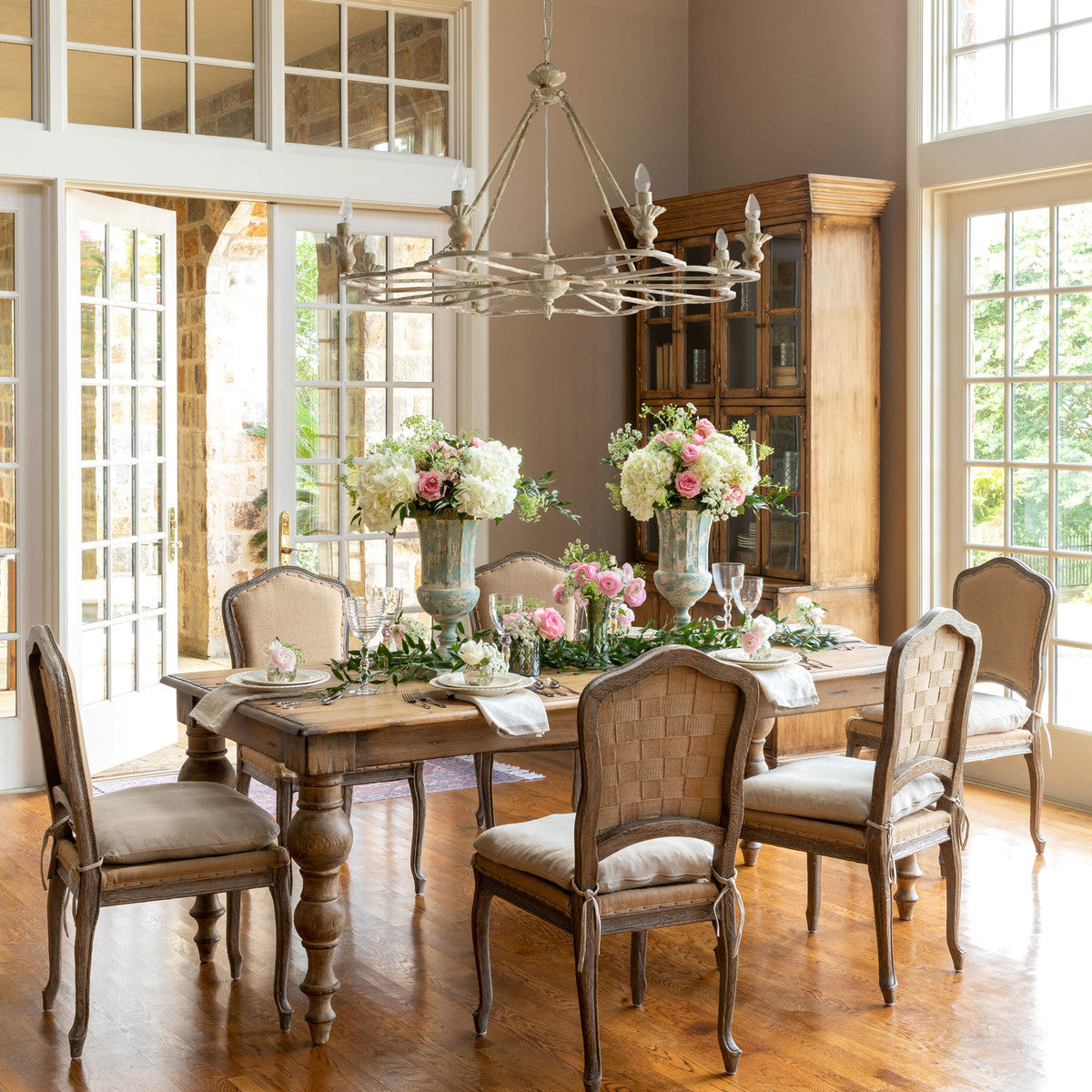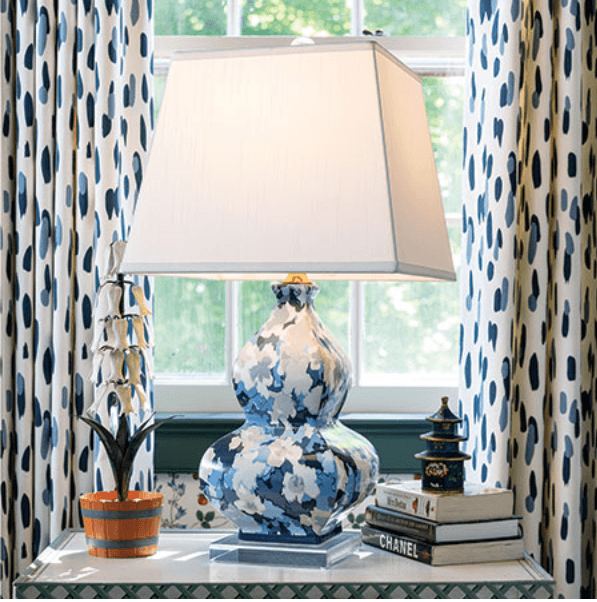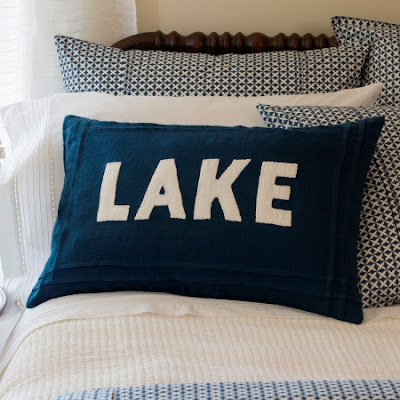Lighting plays a crucial role in enhancing the ambiance and aesthetic appeal of your home decor. However, selecting the right size lighting fixtures can be challenging. Finding a balance between functionality and style is essential to create a harmonious and well-lit space. Here is our guide on how to choose the appropriate sizes for lamps, chandeliers, flush mounts, and wall sconces, ensuring that your lighting is the right scale for your space.
Overhead Lighting/Can Lights:
You might already have these in your home, or you might want to add some in a larger, more open floor plan that needs some brightening up. Our designer tip? Always put them on a dimmer.
Chandeliers:
 |
| Shop the French Follie Chandelier Here |
Diameter: This is easier than it sounds! To choose the overall size and width of your chandelier, find the height and width of your space in feet. Add those measurements together for the ideal diameter of your chandelier in inches. For example, if your space is 26 by 14 feet (26 + 14 = 40), you’ll want a chandelier that is around 40 inches wide. For a 14x16 foot room, a 30" diameter chandelier is perfect.
 |
| Shop the Jamie Young Blanca Chandelier |
Height: The ideal length for your chandelier depends on the height of your ceiling and the type of room you're installing it in. Most chandeliers come with chains that you can customize to suit your space. For a dining room with standard eight-foot ceilings, a chandelier should hang about 30 to 34 inches above the table. For a living space or any room where people may walk directly underneath the light, ensure there’s at least 7 feet of clearance between the bottom of the fixture and floor.
Weight: 50 lbs is the maximum weight for a standard ceiling outlet box - make sure the check the weight of your fixture and let your electrician know if it's heavier so they can bring the right equipment.
Lamps:
 |
| Shop the Rousham Blue Table Lamp Here |
When it comes to table or floor lamps, size matters. The general rule of thumb is to consider the lamp's height in relation to the furniture it accompanies. For example, a lamp on a side table should be approximately 24-30 inches tall, while a floor lamp beside a sofa or reading nook should range between 58-64 inches in height. Ensure that the lampshade's diameter is proportionate to the lamp base.
Flush Mounts and Ceiling Mounts:
Flush mounts are popular for their versatility and space-saving design. To determine the right size for a flush mount, consider the room's dimensions and the fixture's purpose. For general lighting in a small room, a flush mount with a diameter of 12-18 inches works well. In larger spaces, you can opt for fixtures with diameters ranging from 18-24 inches. Ensure the fixture is not too large, overpowering the room, or too small, appearing disproportionate.
 |
| Shop the Cyan Design Gold Leaf Pendant |
The most important thing - make sure there is enough clearance for any doors to open underneath it!
Wall Sconces:
Wall sconces are an excellent addition to create ambient lighting and add visual interest to walls. To choose the right size for wall sconces, consider the height of the ceilings and the available wall space. For standard 8-foot ceilings, sconces with a height of 10-14 inches are ideal. If you have higher ceilings, you can go for taller sconces. Additionally, ensure the sconces are placed at a comfortable eye level to create an inviting atmosphere.
 |
| Cyan Design Luciana St. Regis Wall Sconce |
Choosing the appropriate lighting sizes for your home decor is crucial to create a balanced and visually appealing space. By considering the size and proportions of lamps, chandeliers, flush mounts, and wall sconces, you can achieve the desired aesthetic while ensuring functionality. Remember to take into account the room's dimensions, furniture placement, and ceiling height when selecting lighting fixtures. With a thoughtful approach, your lighting choices will enhance the overall ambiance and elevate your home decor to new heights.















.png)
.png)








.png)
.png)


